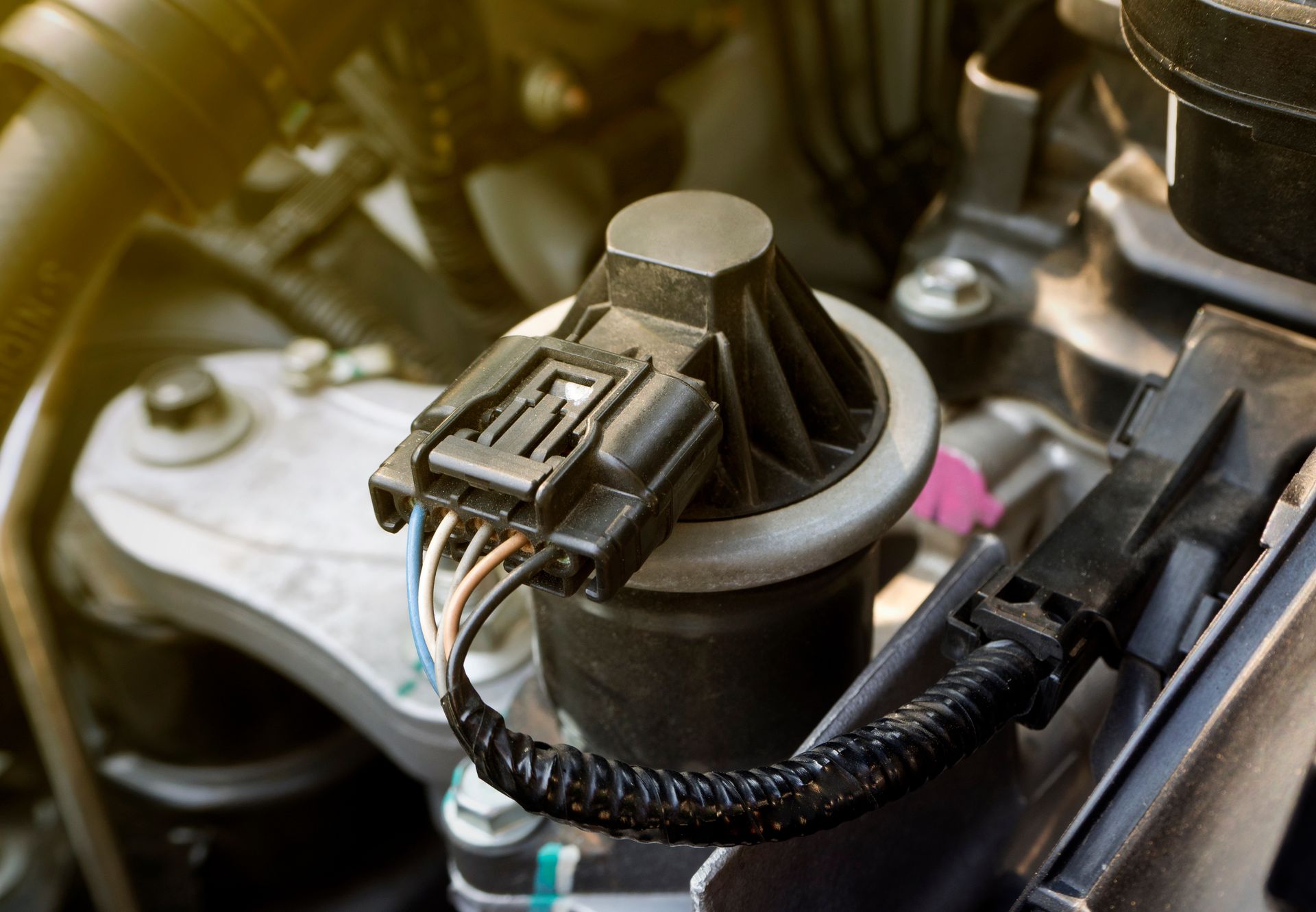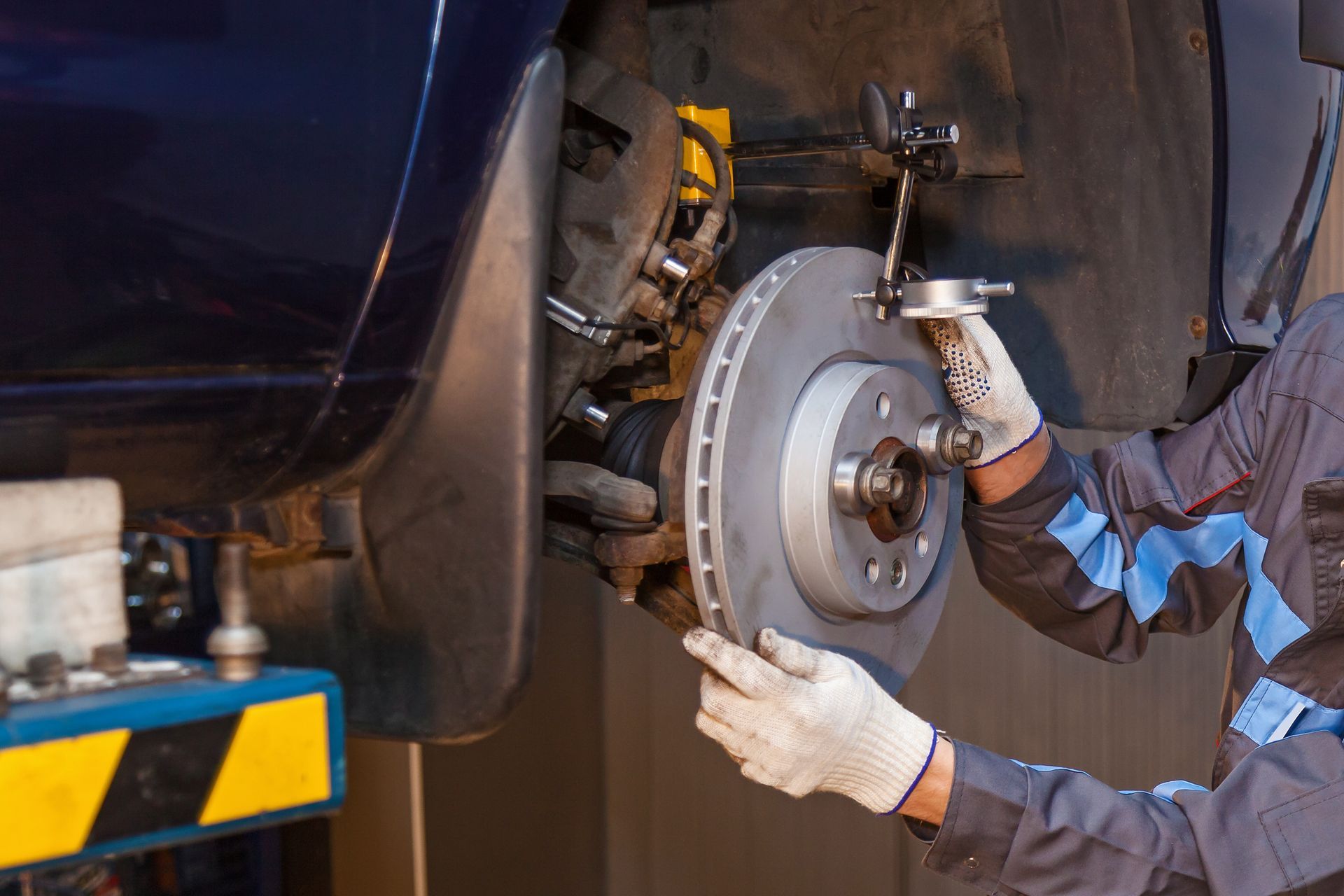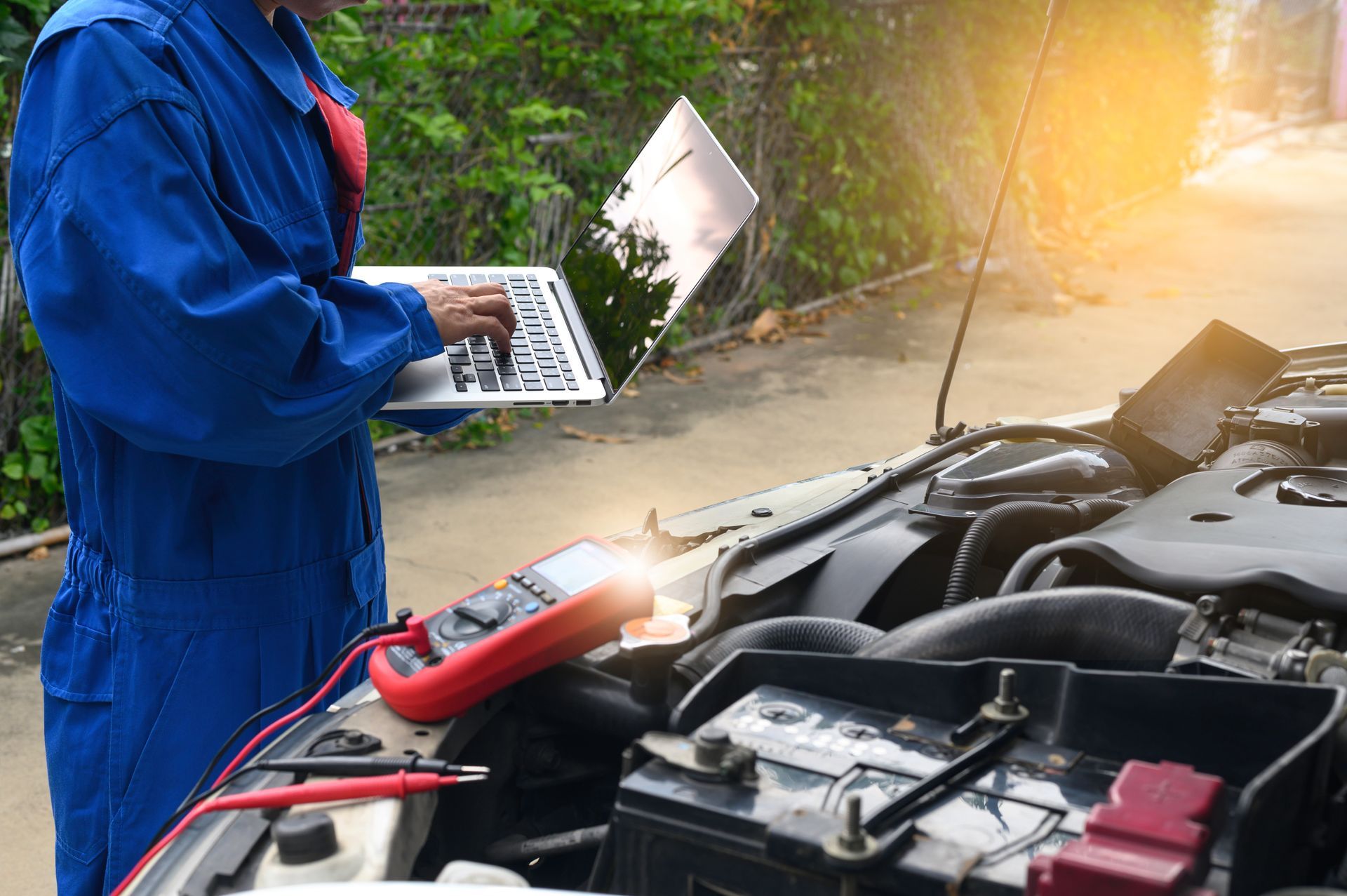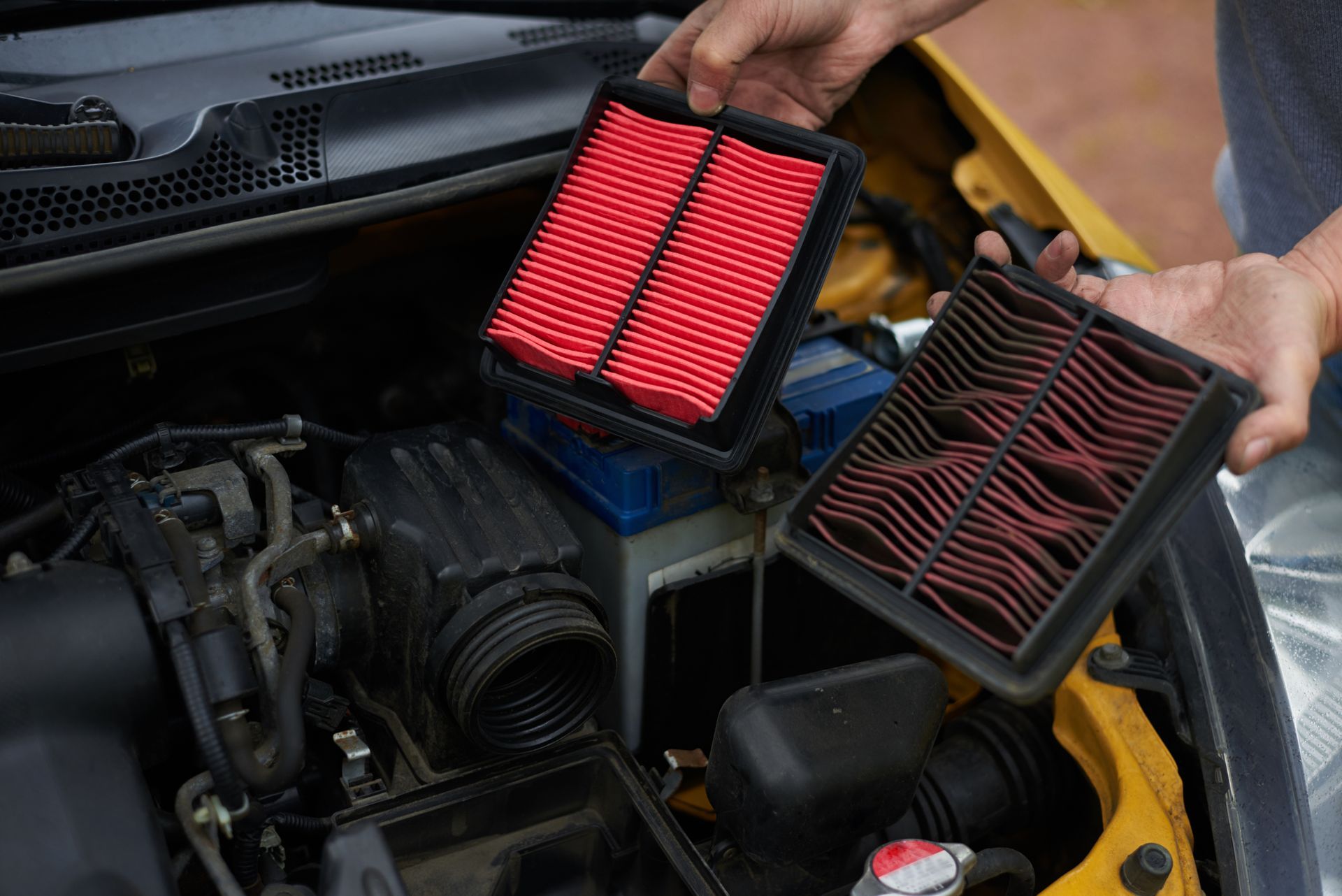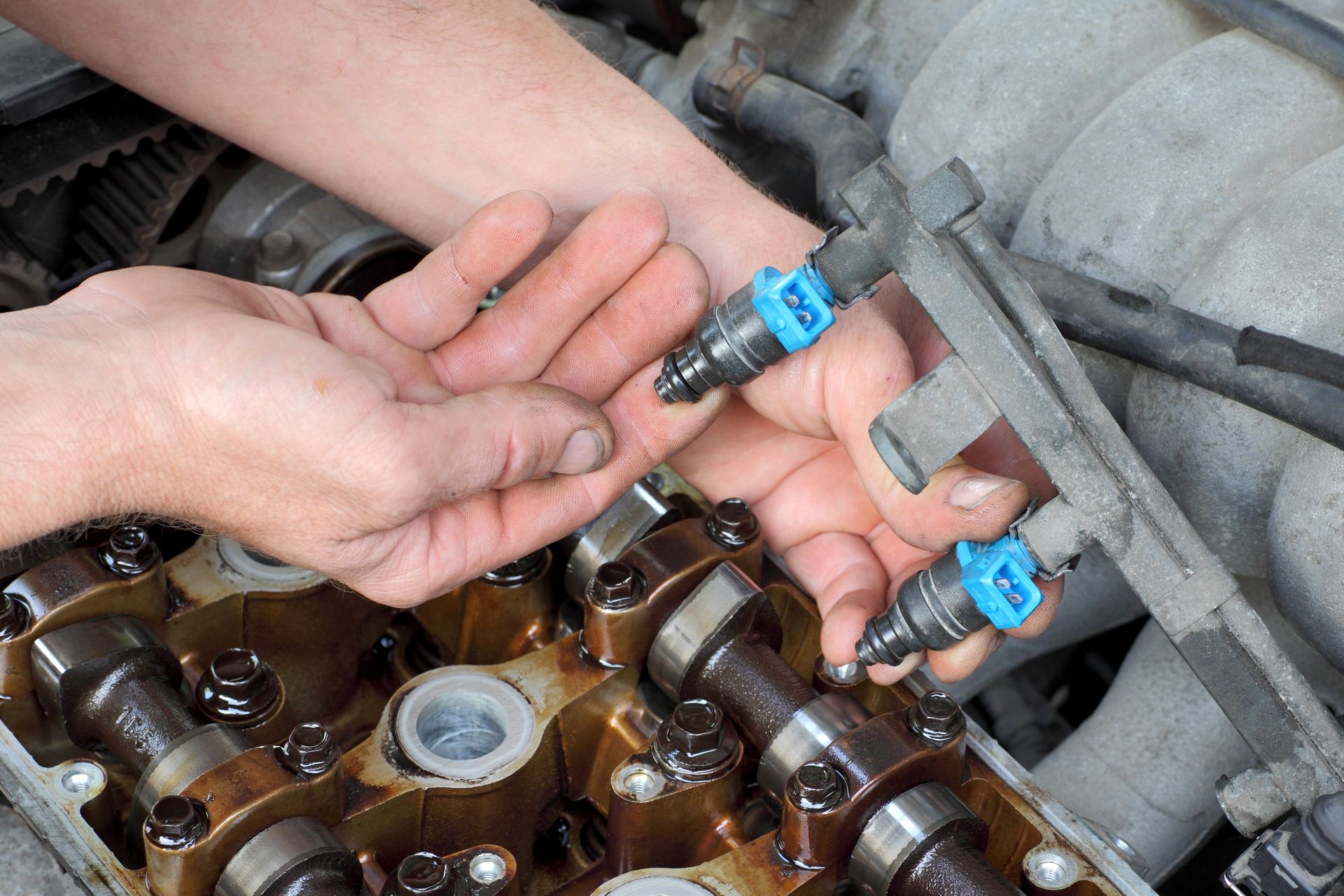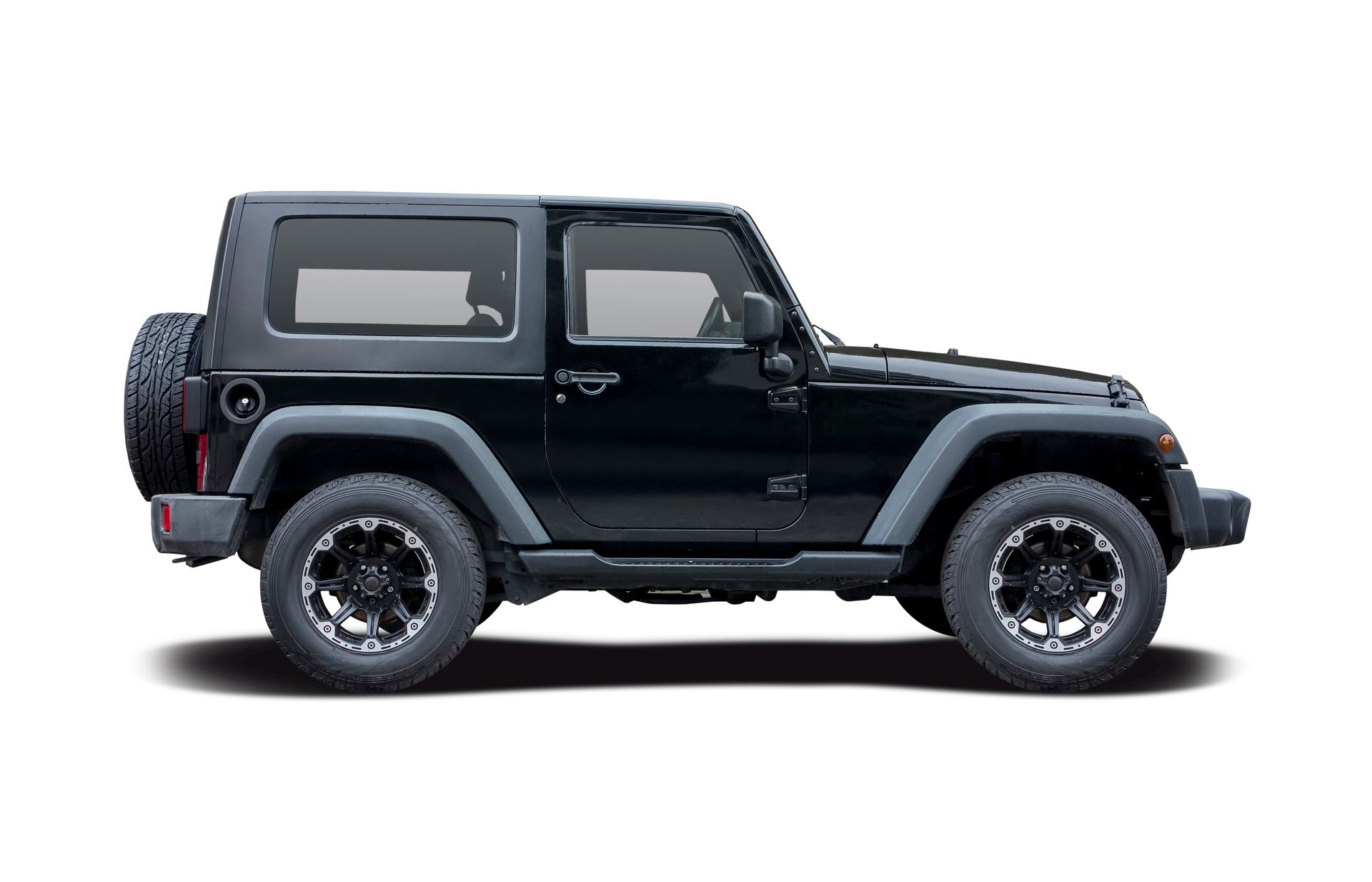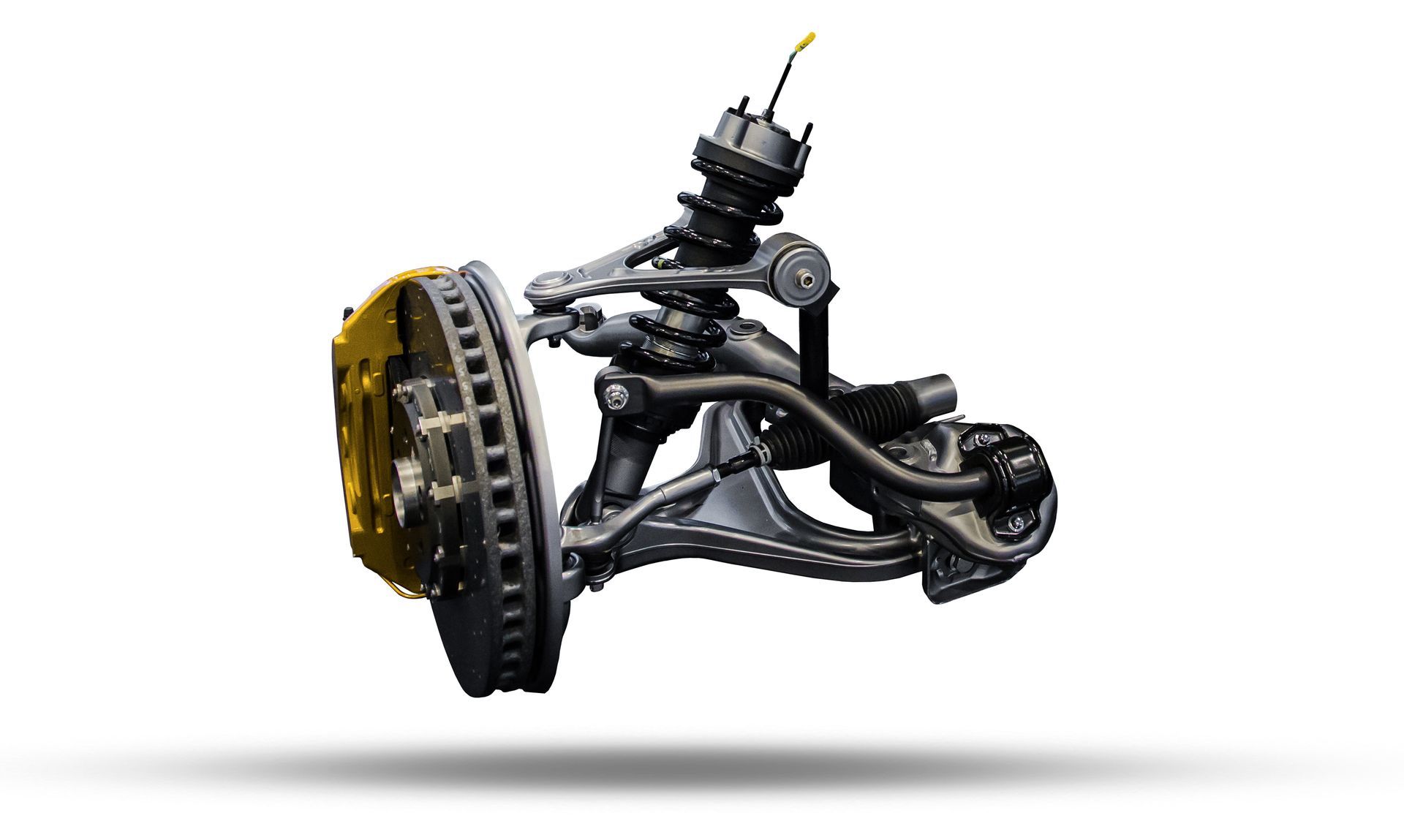Winter brings unique challenges for vehicles, from icy roads to freezing temperatures. Proper maintenance during colder months is essential to ensure safety, reliability, and comfort. Here are a few key areas of vehicle maintenance to tackle as the temps drop.
1. Wiper Blades - Clear Vision in Snow and Rain
Visibility is crucial in inclement weather. In cold climates, standard wiper blades may not suffice as they can become stiff and less effective. Consider switching to winter wiper blades, which are designed to handle snow and ice accumulation. They have a rubber cover that prevents ice from building up on the blade itself. Remember to check their condition regularly and replace them if they show signs of wear or do not clear the windshield effectively.
2. Ensuring You’re Seen and Can See
Shorter days and longer nights mean your car's lights are even more crucial. Check all lights – headlights, tail lights, brake lights, and turn signals – for proper operation. Ensure that the lenses are clean and free of ice or snow before driving. Consider carrying spare bulbs and learning how to replace them, as they’re more likely to burn out in cold conditions.
3. Fluids - Essential for Engine Health
Cold weather can affect the performance of various fluids in your vehicle:
- Engine Oil: Cold weather can thicken engine oil, making it less effective. Using the right oil, typically a thinner grade as recommended by your vehicle manufacturer for winter, ensures smooth engine operation.
- Antifreeze/Coolant: This keeps your engine from freezing in cold temperatures. Ensure the coolant is at the proper level and concentration. A 50/50 mix of coolant and water is generally recommended.
- Windshield Washer Fluid: Use a winter-grade fluid that won’t freeze and keep the reservoir full for clearing away grime and salt.
4. Tires and Tread Depth
Winter tires are an excellent investment for cold-weather driving. They’re made from a softer rubber compound and have tread patterns designed to grip snowy and icy roads better. Regardless of tire type, check the tread depth; 3mm or more is recommended for winter driving. Also, regularly check tire pressure, as it drops in colder temperatures.
5. Heater and Defroster
A functioning heater keeps you warm, and an effective defroster maintains visibility. Before winter sets in, test your car’s heating and defrosting systems. If you notice issues like the car taking too long to warm up or the defroster not clearing the windshield efficiently, have these systems checked by a professional.
When it comes to professional repairs and maintenance, the team at Custom Performance Center Auto Repair & Towing is the answer!

